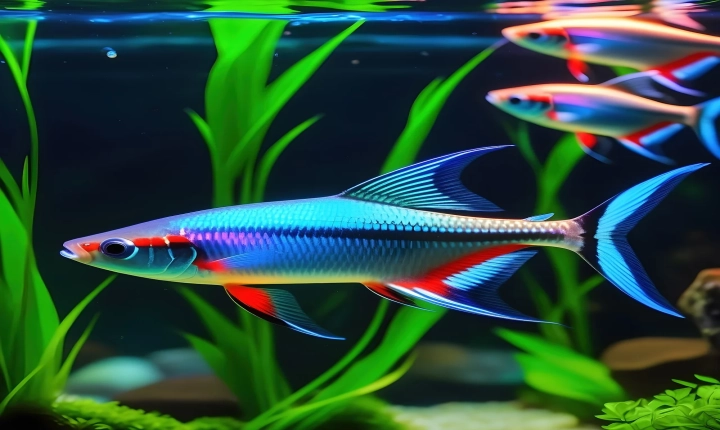Title: How to Use ChatGPT to Make Flashcards
Flashcards have long been a popular study tool for students looking to memorize and retain information. With advancements in AI technology, creating flashcards has become even easier and more effective. One such tool that leverages AI to streamline the process of making flashcards is ChatGPT, an AI language model that can be used to generate concise and accurate flashcards. In this article, we’ll explore how to harness the power of ChatGPT to create customized flashcards tailored to your learning needs.
Step 1: Identify the Key Concepts
Before diving into creating flashcards using ChatGPT, it’s important to identify the key concepts or information you want to include on your flashcards. Whether it’s vocabulary words for a language class, historical dates and events, scientific formulas, or any other subject matter, having a clear understanding of the content you want to study will make the flashcard creation process more efficient.
Step 2: Engage ChatGPT for Flashcard Generation
Once you’ve determined the topics you want to cover, engage ChatGPT to start generating your flashcards. You can interact with ChatGPT through a variety of platforms such as OpenAI’s GPT-3 API, AI-driven chatbot programs, and more. Using a conversational prompt, you can ask ChatGPT to provide you with concise and relevant information that can serve as the basis for your flashcards. For example, if you’re studying biology, you might ask ChatGPT to provide definitions or explanations for specific terms, which you can then use as the front or back of your flashcards.
Step 3: Refine and Organize the Information
After receiving responses from ChatGPT, it’s important to review and refine the information to ensure that it aligns with your study needs. You may need to paraphrase or condense the text generated by ChatGPT to fit the format of a flashcard. Additionally, organizing the information into categories or themes can help you create an effective set of flashcards that cover a range of topics within a subject area.
Step 4: Customize Your Flashcards
Once you have the raw content for your flashcards, it’s time to create and customize them. There are numerous digital tools and platforms that allow you to input the information you’ve gathered and transform it into visually appealing flashcards. These tools often enable customization options such as adding images, organizing cards into decks, and even incorporating audio or interactive features. By personalizing your flashcards, you can enhance the learning experience and make the material more engaging and memorable.
Step 5: Review and Test Your Flashcards
With your flashcards ready, it’s time to put them to the test. Reviewing the flashcards regularly will assist with the information retention process and reinforce your understanding of the material. Whether it’s through traditional methods like flipping through physical flashcards or utilizing digital flashcard apps that offer spaced repetition algorithms, consistent practice is key to maximizing the effectiveness of your flashcards.
In conclusion, leveraging AI technology such as ChatGPT to create flashcards offers a powerful and efficient way to access and organize knowledge for effective study and information retention. By following these steps and embracing the capabilities of ChatGPT, students and learners can harness the potential of AI to enhance their learning experience and achieve academic success.
